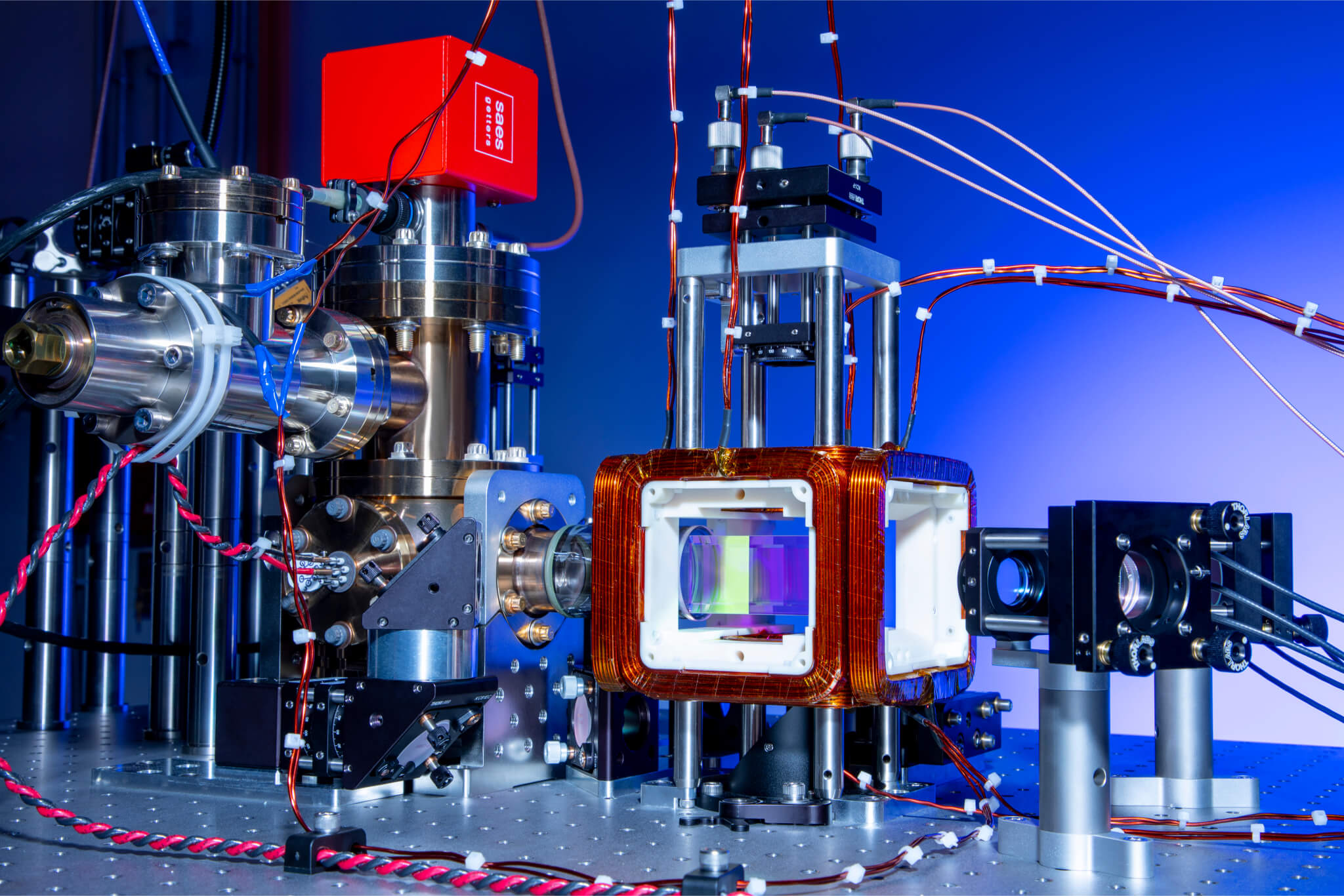QuEra Computing, the quantum computing trailblazer, today announced a bold strategic roadmap for a series of error-corrected quantum computers, starting in 2024 and culminating in a system with 100 logical error-corrected qubits. This announcement marks the ushering in of a new era in quantum computing and caps off a banner year for QuEra, which included breakthrough scientific results, substantial growth in its scientific and engineering teams, a new investment round, a significant increase in the availability of its Aquila platform on a major cloud platform, and more.


Microsoft has a research paper about the resources needed for different quantum computer applications. It is not just the number of logical error corrected qubits but also how many operations (circuit depth) that can be achieved. Performing over 6000 steps is the level needed for certain early commercially valuable logistics and supply chain problems.
Quantum error correction is critical to fulfill the immense promise of quantum computers.
Microsoft Defined Three Levels of Quantum Computer Implementation
Level 1: Foundational quantum computing: Today’s Noisy Intermediate Scale Quantum (NISQ) computers use noisy physical qubits as their computational units. While such quantum systems are valuable from a scientific point of view, they are not be able to solve commercially relevant problems in a manner that is more efficient than what we can do with classical computers. The reason for this inability lies with the experimental fact that physical noise rates will prevent NISQ circuits from computing beyond, at most, a few thousand quantum gates.
Level 2: Resilient quantum computing: We speak of resilient quantum computing when we are able to implement a logical qubit whose reliability exceeds the physical error rates of its components. Such logical qubits use quantum error correction on a multitude of physical qubits per logical qubit.
Level 3: Scalable quantum computing: With enough reliable qubits and an appropriate logical clock speed we reach the third level of quantum computing at scale. It is at this level that we have a quantum supercomputer that gives us a quantum advantage over classical computers for commercially valuable problems.
To outperform classical computation for practical applications, we need the capability to reliably execute algorithms with 10^12 quantum gates or more. Moreover, for the quantum computation to provide the solution within a practical amount of time, say within 10^6 seconds, we also have to
take into account the logical clock speed of the quantum computers, which can vary by several orders of magnitude depending on the quantum technology being used. It is only with the right combination of reliable and fast enough quantum hardware, quantum error correction, and quantum software that we will be able to achieve a quantum advantage over classical computing.
A Three-Year Quantum Error-Correction Roadmap – to Level 2 by 2026 and on Track to Level 3
QuEra’s roadmap outlines a three-phase release of its revolutionary quantum computers:
• 2024: Launching a quantum computer with 10 logical qubits, unique transversal gate capability, and over 256 physical qubits. Transversal gates are crucial in quantum computing for their ability to prevent error propagation across qubits, making them inherently error-resistant. They simplify quantum error correction by allowing errors to be corrected independently for each qubit. This system establishes the groundwork for error-corrected quantum compuAng. In addition, to assist in assessing and preparing algorithms for the era of error correcAon, QuEra will release a cloud-based logical qubit simulator in the first half of 2024.
• 2025: an enhanced model with 30 logical error-corrected qubits with magic state distillation, supported by over 3000 physical qubits. Magic state distillation enables the implementation of a broader range of quantum gates with higher fidelity, allowing for the execution of non-Clifford gates, which are crucial for universal quantum.
• 2026: Introduction of a third-generation QEC model with 100 logical qubits and over 10,000 physical qubits. This development, capable of deep logical circuits, will push quantum computing beyond the simulatability limit, ushering in a new era of discovery and innovation.
These advancements build upon the recent breakthrough published in Nature (“Logical quantum processor based on reconfigurable atom arrays“, Bluvstein (Harvard) et al., Nature 2023), where a Harvard-led group, together with QuEra, MIT, NIST and the University of Maryland, reported the execution of complex algorithms with 48 logical qubits.

Brian Wang is a Futurist Thought Leader and a popular Science blogger with 1 million readers per month. His blog Nextbigfuture.com is ranked #1 Science News Blog. It covers many disruptive technology and trends including Space, Robotics, Artificial Intelligence, Medicine, Anti-aging Biotechnology, and Nanotechnology.
Known for identifying cutting edge technologies, he is currently a Co-Founder of a startup and fundraiser for high potential early-stage companies. He is the Head of Research for Allocations for deep technology investments and an Angel Investor at Space Angels.
A frequent speaker at corporations, he has been a TEDx speaker, a Singularity University speaker and guest at numerous interviews for radio and podcasts. He is open to public speaking and advising engagements.

